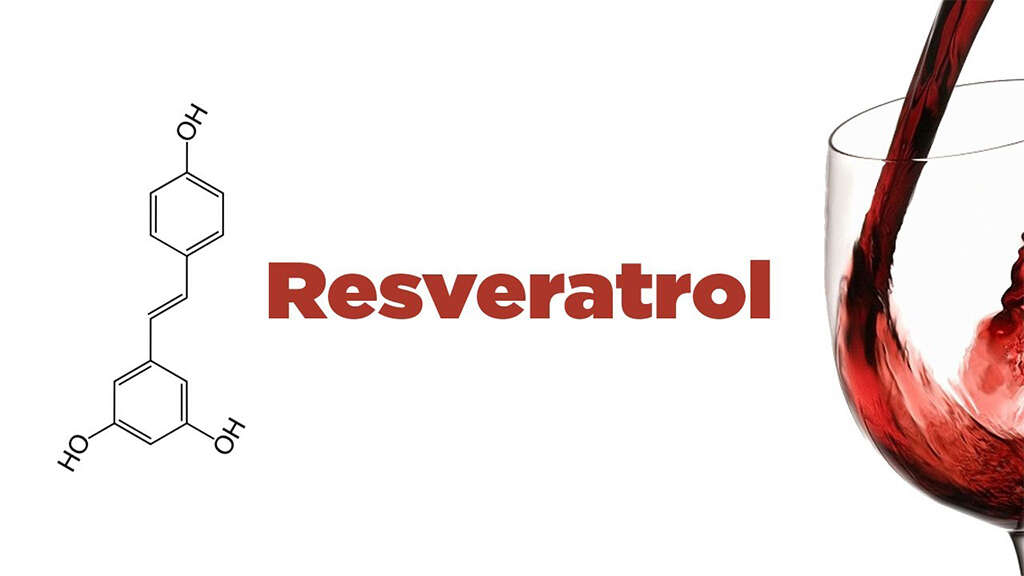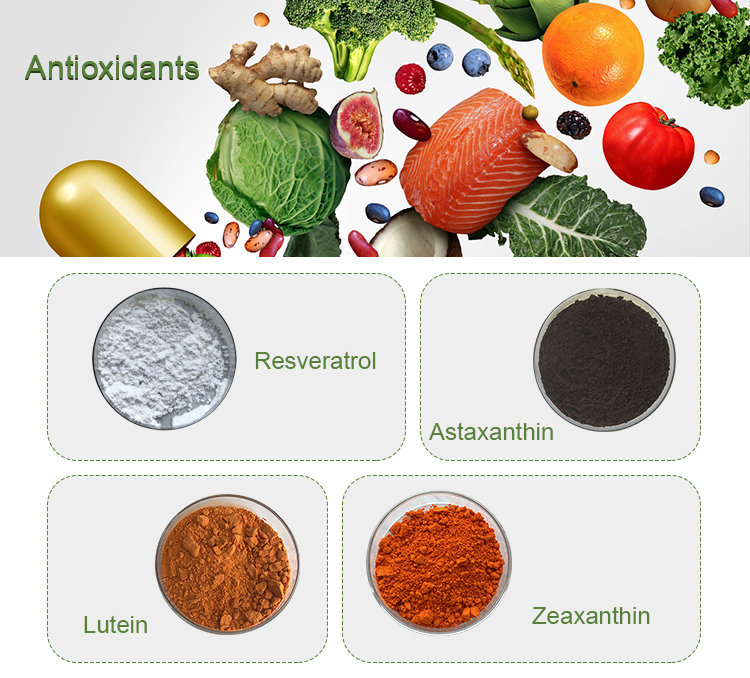Resveratrol is a polyphenolic compound found in various plants, particularly in the skins of grapes, berries, and peanuts. It has gained significant attention due to its potential health benefits, including its antioxidant, anti-inflammatory, and anticancer properties. The extraction of resveratrol can be done using several methods, depending on the source material and the desired purity. Below are common extraction processes for resveratrol:
Solvent Extraction
1. Materials Needed: Organic solvents (e.g., ethanol, methanol, acetone, hexane), source material (grape skins, berries, or peanuts).
2. Process:
- Preparation of Plant Material: The plant material (grape skins, berries, or peanuts) is first dried and then ground into a fine powder.
- Solvent Selection: A suitable solvent such as ethanol or methanol is chosen based on its ability to dissolve resveratrol and minimize the extraction of unwanted compounds.
- Extraction: The powdered plant material is mixed with the solvent and stirred at room temperature or under slightly elevated temperatures (around 40–60°C). This process may take a few hours to a day, depending on the material.
- Filtration: After extraction, the mixture is filtered to remove solid residues.
- Evaporation: The solvent is evaporated under reduced pressure (using a rotary evaporator) to concentrate the resveratrol extract.

Soxhlet Extraction
1. Materials Needed: Soxhlet apparatus, organic solvent (ethanol, methanol, etc.), source material.
2. Process:
- Preparation: Plant material is packed into the thimble of the Soxhlet apparatus.
- Solvent Heating: A solvent, such as ethanol, is heated in a round-bottom flask. The solvent vapors rise, condense in the Soxhlet chamber, and then drip onto the plant material.
- Continuous Extraction: The solvent continuously cycles through the plant material, extracting resveratrol.
- Collection: The solvent containing resveratrol is collected in a separate flask and concentrated by evaporating the solvent under reduced pressure.
Ultrasonic-Assisted Extraction
1. Materials Needed: Ultrasound bath or probe, ethanol or methanol, source material.
2. Process:
- Preparation: The plant material is mixed with an ethanol or methanol solvent.
- Sonication: The mixture is subjected to ultrasonic waves, which create high-frequency sound waves that produce cavitation. This process disrupts plant cell walls and enhances the extraction of resveratrol.
- Filtration and Concentration: After sonication, the mixture is filtered to remove solid plant matter, and the solvent is evaporated to concentrate the extract.
Supercritical Fluid Extraction (SFE)
1. Materials Needed: Supercritical fluid (usually CO₂), source material.
2. Process:
- Preparation: The plant material is placed in a high-pressure vessel.
- Supercritical Fluid Injection: CO₂ is pressurized to its supercritical state, where it exhibits properties of both a gas and liquid. It is then passed through the plant material, extracting resveratrol.
- Separation: The CO₂ is depressurized to separate the extracted resveratrol. The solvent is removed, and the resveratrol is isolated.

Microwave-Assisted Extraction (MAE)
1. Materials Needed: Microwave oven, ethanol or methanol, source material.
2. Process:
- Preparation: The plant material is mixed with an ethanol or methanol solvent.
- Microwave Exposure: The mixture is exposed to microwave radiation, which causes rapid heating of the solvent and plant material, enhancing the extraction process.
- Filtration and Concentration: After extraction, the mixture is filtered, and the solvent is evaporated to concentrate the resveratrol.
Enzyme-Assisted Extraction
1. Materials Needed: Enzymes (e.g., cellulase or pectinase), ethanol or water, source material.
2. Process:
- Preparation: The plant material is mixed with an enzyme solution. The enzymes help break down the cell walls, releasing resveratrol into the solvent.
- Incubation: The mixture is incubated at a specific temperature and pH, depending on the enzyme used.
- Extraction: After enzyme treatment, the solvent is used to extract the resveratrol from the plant material.
- Filtration and Concentration: The solid residues are removed, and the solvent is evaporated to concentrate the resveratrol.
Column Chromatography
1. Materials Needed: Silica gel or other stationary phase, solvent system.
2. Process:
- Preparation: The resveratrol extract obtained from one of the extraction methods above is loaded onto a chromatography column filled with a stationary phase such as silica gel.
- Separation: A solvent system (e.g., a mixture of hexane, ethyl acetate, and methanol) is passed through the column. The different components of the extract, including resveratrol, will move at different rates, allowing them to be separated.
- Collection: Fractions are collected as they elute from the column, and resveratrol is identified and isolated from the pure fractions.

High-Performance Liquid Chromatography (HPLC) Purification
1. Materials Needed: HPLC system, resveratrol extract.
2. Process:
- Purification: After an initial extraction, the resveratrol extract is purified using HPLC to achieve a high degree of purity.
- Identification: The resveratrol is detected using UV spectroscopy or other detectors as it passes through the HPLC column.
Factors Affecting Extraction Efficiency:
- Solvent Polarity: Polar solvents like ethanol are typically more effective for extracting resveratrol than non-polar solvents like hexane.
- Extraction Time and Temperature: Longer extraction times and elevated temperatures often increase the yield of resveratrol, but care must be taken not to degrade the compound.
- Particle Size: Finer particles from powdered plant material provide greater surface area for solvent interaction, improving extraction efficiency.
Each extraction method has its advantages and limitations, and the choice of method depends on factors such as the source material, desired yield, and level of purity needed for subsequent use (e.g., in dietary supplements or pharmaceutical applications).
